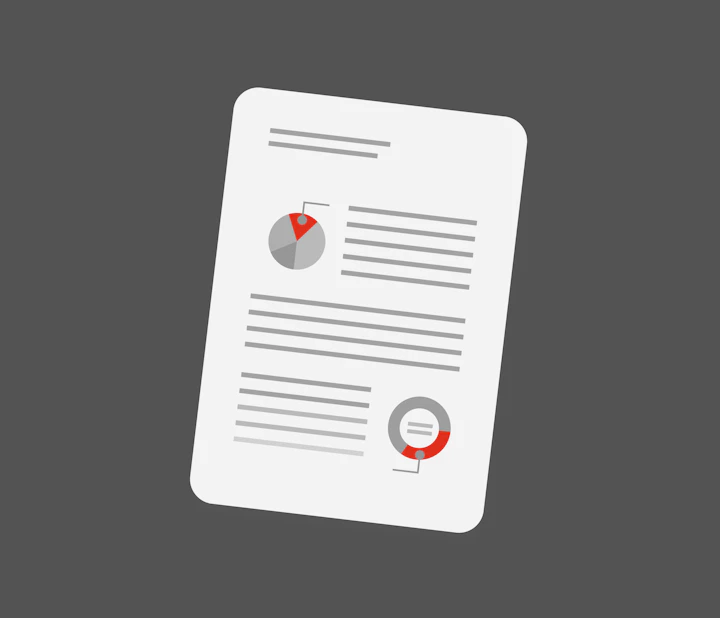Procurement Sustainability Tracker
Measure and manage the CSR impact of your procurement
Your challenge
Supply chains have a significant environmental, social and societal impact. They are responsible for up to 80% of greenhouse gas emissions and 90% of the impact on our natural environments and biodiversity.
Benefits of Procurement Sustainability Tracker
Structured and dynamic approach
Contribute to non-financial reporting by implementing a structured and ranked approach and a dynamic vision of impacts.
Holistic view
Gain a holistic view of the environmental and social impact of your procurement (in line with the Sustainable Development Goals – SDGs) across the entire value chain.
Time saving
In just a few weeks, obtain a measurement of the impact of your purchases and the associated diagnosis (integration, verification of data quality, mapping).
"The introduction of the Procurement Sustainability Tracker is a decisive step as we strive to achieve our 2030 Net Zero goal. It gives us a rapid understanding of the sustainability impacts of our entire upstream supply chain and provides us with a framework for effectively reducing them."
Head of Procurement, Professional services company

